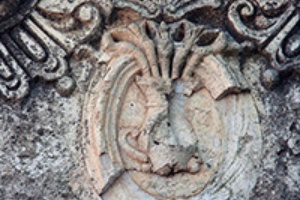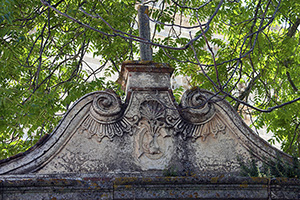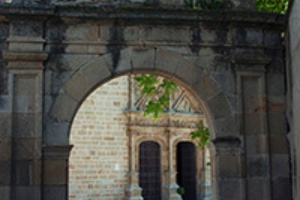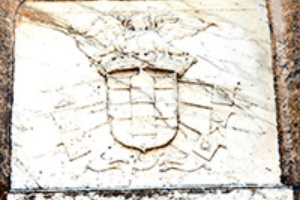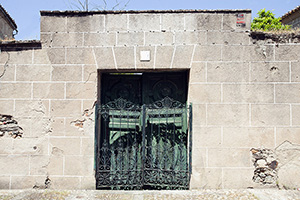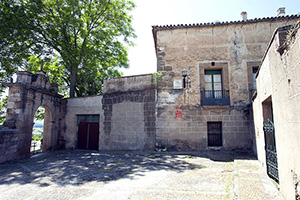Art and culture
Palace of the Dukes de Alba
Originally the house was conceived as a defensive construction, but was later it became a stately home with beautiful gardens.
- Explore
- Palace of the Dukes of Duques de Alba
Combination of a military bastion and a stately home
Location and Contact:
- Contact person: Tourist Information Office
- Tel.:927 50 80 00
- Fax: 927 50 80 01
- Email: oficinaturismo@coria.org
- Website address: turismo.coria.org/
-
Originally the house was conceived as a defensive construction, but was later it became a stately home with beautiful gardens.
This Gothic-Renaissance building, built in the 15th century, is a defensive bastion as can be seen from its walls, towers and arrow loops. But the palace of the Dukes of Alba, located in the town of Coria in Cáceres province, is also a stately home with lounges, gardens and colonnades. Perhaps the most remarkable of these elements are two beautiful Gothic courtyards and a Renaissance garden-viewpoint, which date back to the mid-16th century.
Originally this palace was designed as a small castle, but when a new fortress was built, it became a nobleman's house with a typically Spanish façade.
-
- Origin:
-
- 15th century
- Construction:
-
- Military building
- Art period:
-
- Gothic
- Renaissance
- Period in history:
-
- Various periods
- Various styles
- 15th century
- 16th century
Gallery:
More suggestions
-

Cathedral Museum
A perfect place to learn about the history of Christianity and the city's culture in depth
-

Royal Prison Museum
Just like in a bee-hive, the cells of this prison hold the essence of the main historic moments of the city of Coria
-
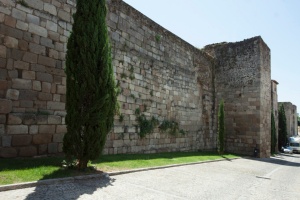
Walled enclosure of Coria
The town of Coria in the province of Cáceres is still protected by a solid Roman wall which has kept it safe from all kinds of attacks for centuries.
-
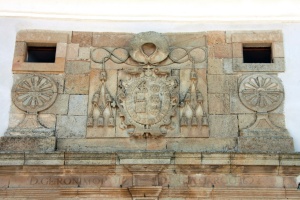
Coria Episcopal Palace
The Episcopal Palace of Coria is located close to the cathedral of this town in the province of Cáceres, and was built in the 17th century.
-

Convent of Madre de Dios
A beautiful building that was renovated in the 14th and 16th century is what remains of the convent erected by Franciscan nuns in the 13th century. It is famous for its Mudéjar paving and traditional sweets.
-
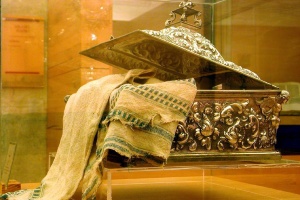
The Holy Shroud of Coria
This relic, considered one of the most important in Christianity, is on display in the Museum of the Cathedral of Coria. The tradition goes that the shroud was used by Jesus at the Last Supper with the twelve apostles.
-
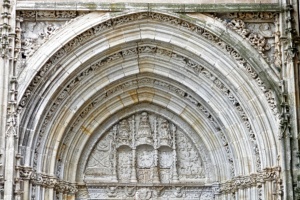
Coria Cathedral
This cathedral houses one of the most treasured relics from the time of Christ: the tablecloth from the Last Supper.
-
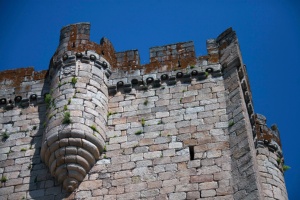
Coria Castle
Coria Castle, declared a site of cultural interest, is located in the Cáceres city of the same name and you can make out part of the Alagón River plains from its high tower.
-
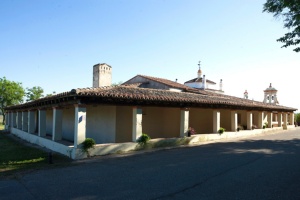
Hermitage of the Virgin of Argeme
The beautiful hermitage of the Virgin of Argeme celebrating the patron saint of Coria is a Baroque style building which the visitor will find both unique and beautiful.
-
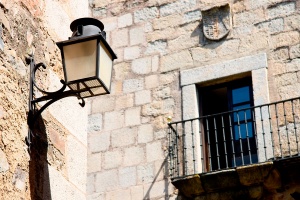
Casas de Don Gómez

